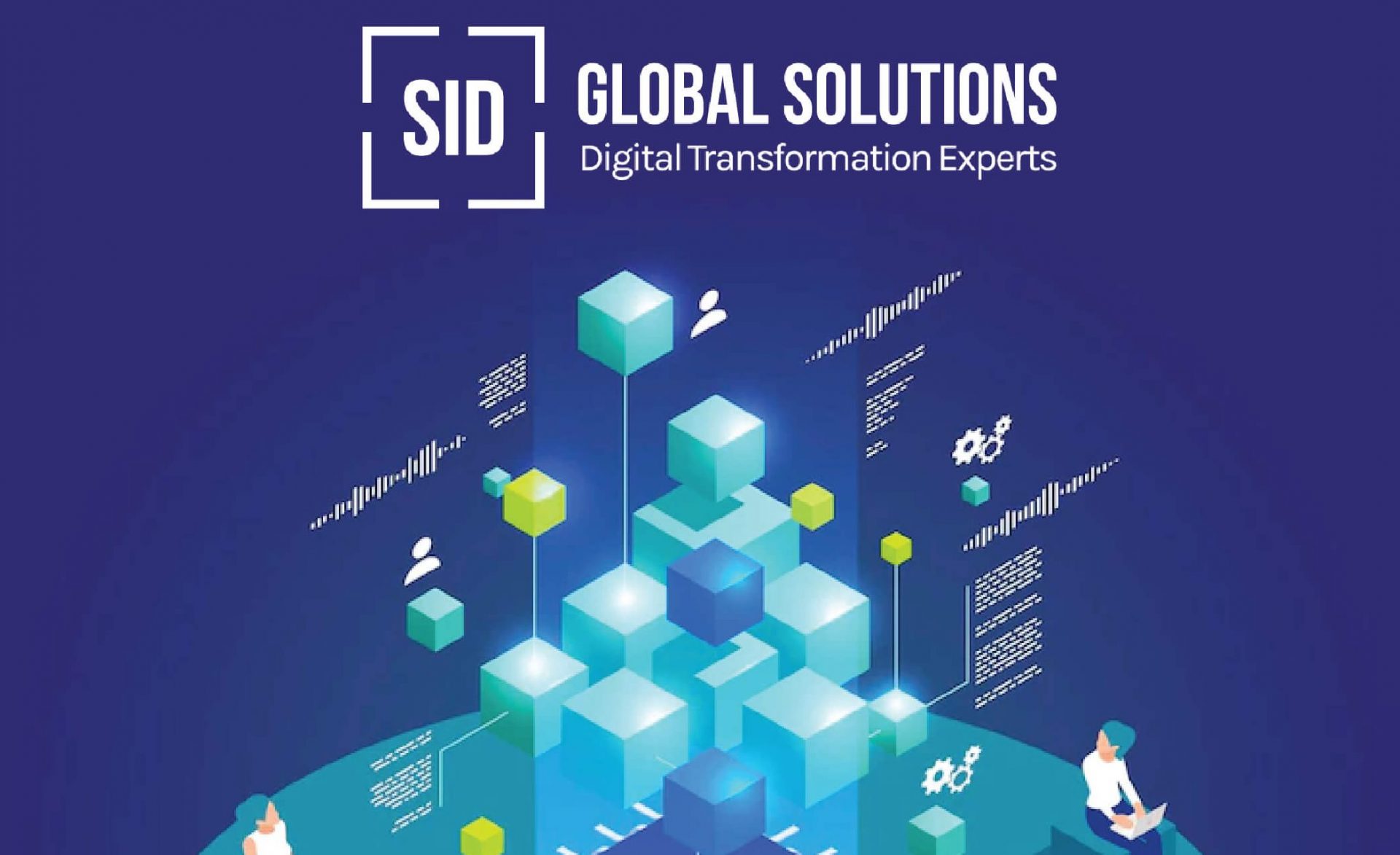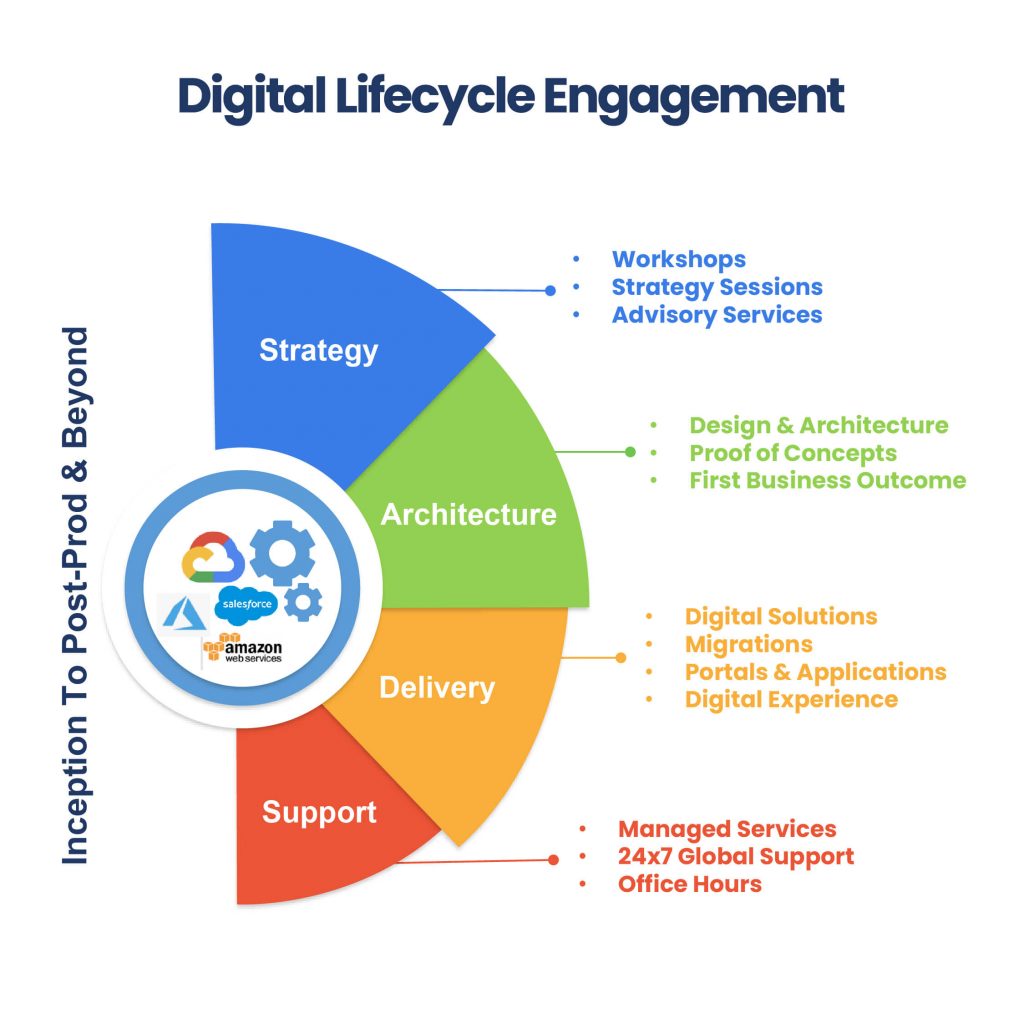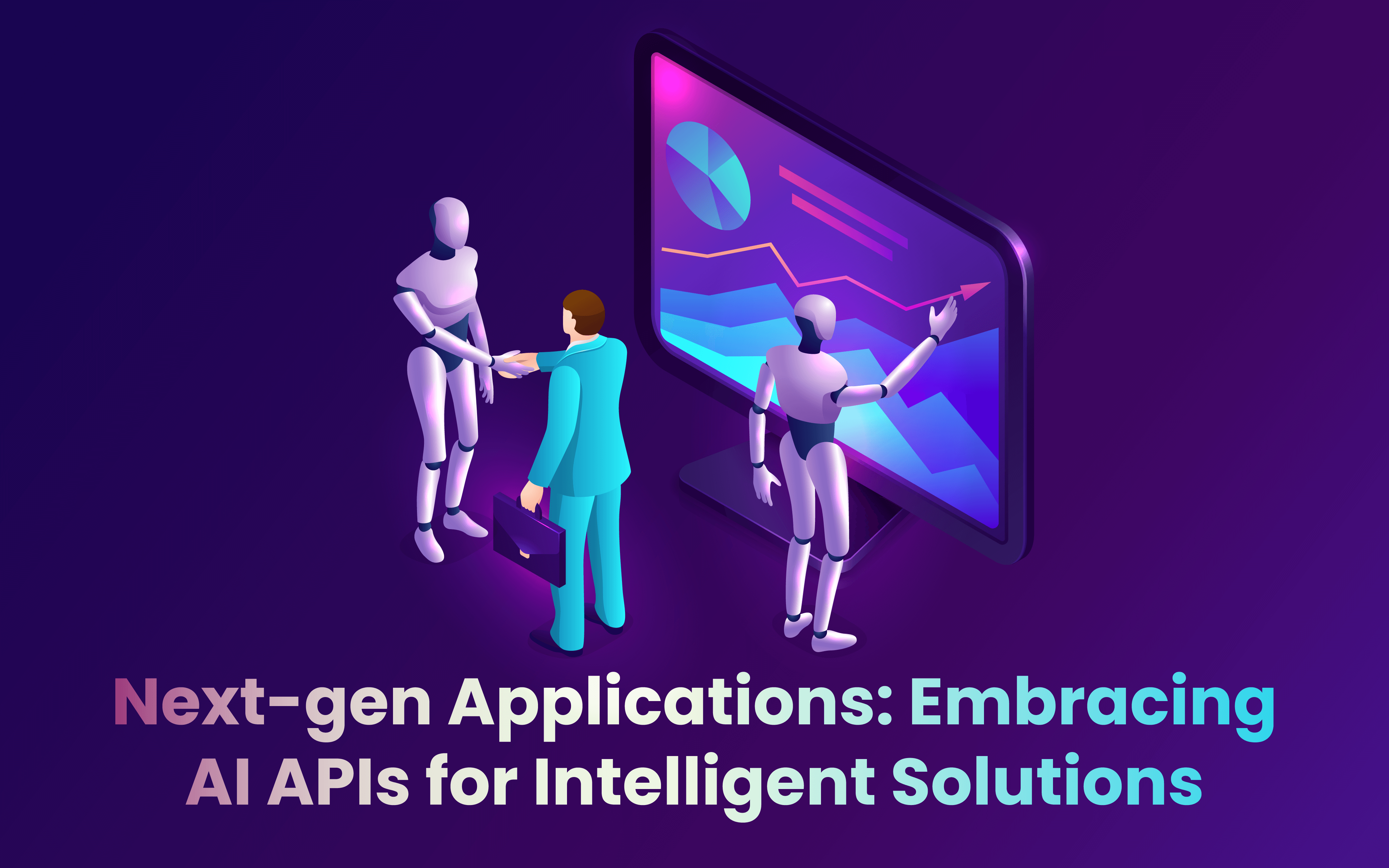Blogs
To know about all things Digitisation and Innovation read our blogs here.
Digital Transformation
Digital Transformation Capabilities for future ready businesses
SID Global Solutions
22 December 2022

Digital transformation helps organizations and industries bring life to their ongoing legacy applications making the businesses future ready for maximizing the returns. There has been several research carried out before and after digital transformation of a retail businesses and e-commerce platforms, the results of the research shows that there has been a significant improvement in the process and an increase in revenues from 17% to 20% on an average.
To take advantage of the digital transformation businesses needs to look at the value proposition and the improvements to their day-to-day operations with increased user experience and performance. Over the years, we have been helping businesses to achieve their business objectives to transform their platforms with the cutting-edge technology and advanced practices we follow to transform our consumer’s foray.

Why businesses fail in digital transformation?
Let’s understand why businesses fail in digital transformation. These are the pointers that needs to be analyzed as, why businesses fail in the process of digital transformation, therefore we help our customers overcome these challenges:
- Lack of vision
- Missing data analytics
- Unaware of the trends in digital marketing
- Lacking customer-centric approach
- Not meeting customer and market demands
- Failing to follow Agility and Model approach
- Not meeting deadlines
- Compromising on the Quality
- No importance to customer data and security practices
SIDGS Digital Transformation Capabilities:
Digital Knowledge and Analytics – It has been observed that, one third of American workers are found to be lacking in fundamental digital abilities. 13 percent of respondents specifically have no digital abilities, and 18 percent have very little. Given this, it is reasonable to anticipate that some job candidates lack basic digital literacy. The majority of individuals may be accustomed with using social media for simple posts, but many may not know how to use it for more complex activities like making a sponsored advertisement or tracking performance.
Also Read: Is your Business Ready for Digital Value Chain Implementation?
We are capable to perform excellent analytics using advanced tools that help us to process some of the data by using google analytics tools that provide trends and insight on the ads or social media posts. Based on the analytics and trends, we help them propose advanced digital products to improve their digital presence on social media platforms and improvements in B2B and B2C platforms by generating business leads.
Offer customers a wonderful multiproduct experience – The conventional customer journey is transformed into a seamless multichannel experience by future-ready businesses integrating goods. Rather than trying to sell more things, this way our consumers try to address client demands.
Have a purpose in mind – Businesses are under growing pressure from leaders, clients, staff, investors, and partners to serve purposes other than generating shareholder profit. The company’s stakeholders may come together under a compelling mission, which promotes excellence. The main purpose of digital transformation shall never be off the mind and shall serve as the core purpose.
Abreast Consumer-Centric Approach – our transformation specialists follow a more consumer-centric approach in terms of values and objectives that are integral to their customer’s business. Any digital transformation should aim to build a digital business model that results in linked, unified customer-centric experiences across business divisions. This may be accomplished by layering on top of current systems a customer journey plan and real-time technology.
Giving importance to Customer and Market Requirements – transformation always requires certain key elements that need to be taken care of, for instance, the market demands to those digital products that accomplish the customer requirements. Fulfilling customer demands and market requirements that will always pave the way to business process improvements and for sure increase revenues.
Also Read: Digitalizing Businesses with Holistic Overview and Customizability
Prepare a Model and follow Agility – Need for developing a model by way of reviews and scoping user and business requirements and presenting it to the customer for its agreement. And follow an agile development approach to complete the digital transformation lifecycle.
On-time Implementation: Assist the client by completing development and implementation of solution within the allotted time frame, and make sure that all potential obstacles are resolved at the outset. In this manner, the degree of customer satisfaction is attained, and CX and UX skills are on par.
Quality Check and UAT – Quality assurance (QA) is a process-driven strategy to facilitating and defining quality goals in digital product design, development, and implementation. Simply described, it is the process of quality management. We make sure that User Acceptance Test allows users to engage in testing and experience the real-time solution that will cater to their day-to-day operations, which will assist them in reviewing and obtaining UX capabilities.
Security and Data Protection – We take extensive precautionary steps to protect and preserve the data and security of the customers’ company assets during the transformation process since customer information and data are critical to every organization. This will assist us in retaining the customer’s and their clients’ confidence for future ready business.
Facilitate learning within the firm – The future is never guaranteed. Companies must be able to swiftly learn and adapt in order to be really future-ready. To begin growing these competencies, businesses should examine existing capabilities and focus on weaker areas first. Building these competencies and capabilities needs leadership, purpose, metrics, money, new techniques, and tenacity. Allow those learnings that are modern, articulated and business oriented that helps users gain an insight and be the ambassadors to facilitate change for best results.
Conclusion: As a matter of fact, businesses need to avail services that are more aligned towards a process and drive by customer centric approach and recommend a more user agnostic approach in terms of meeting the business objectives. A successful digital transformation is one that allows proven capabilities and successful real-time change to their business operations that help grow their ongoing and future business.
Help us to assess your business application, and recommend a more future ready Digital Transformation Solution, and feel free to Contact Us.









